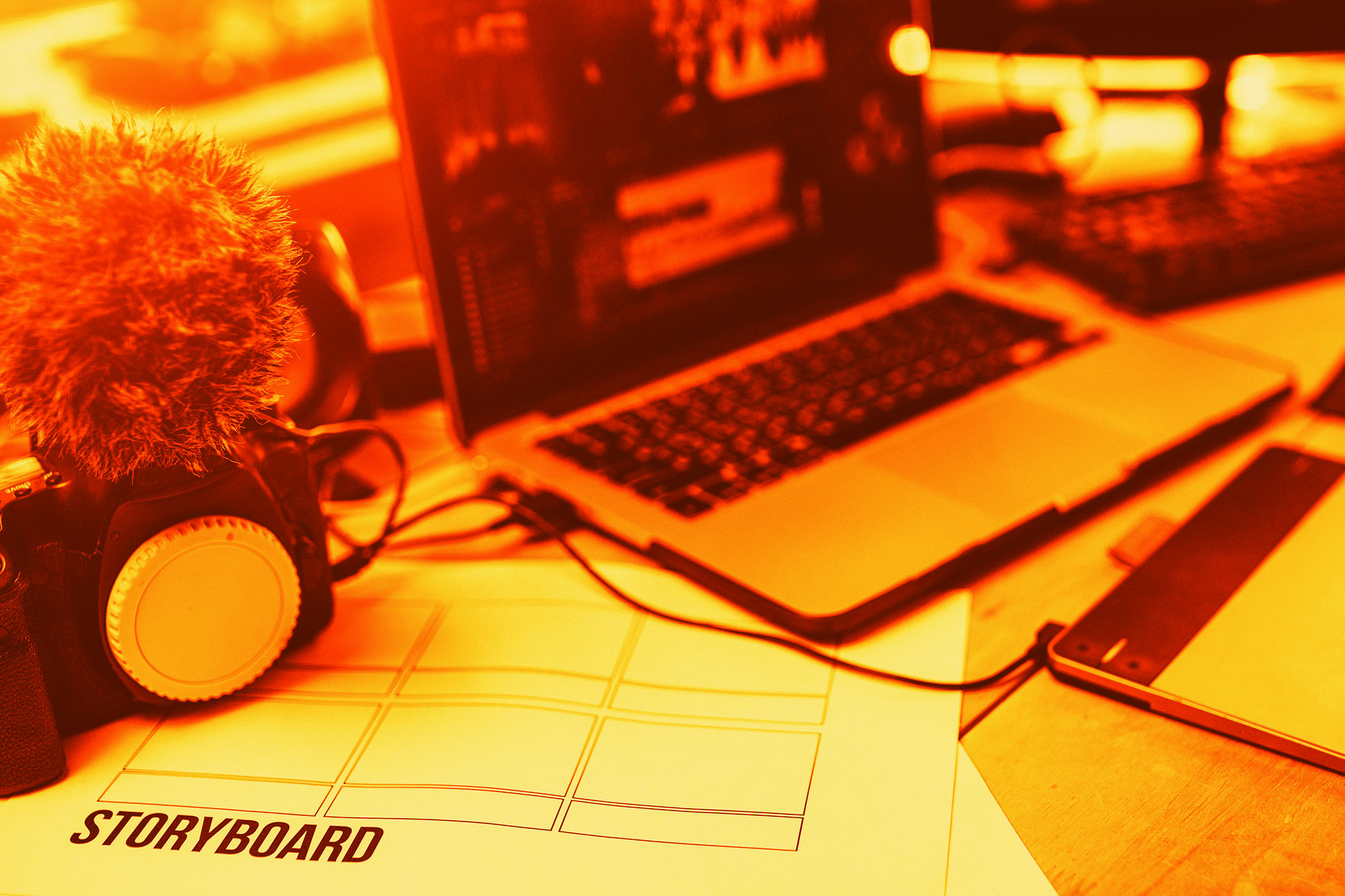Have you ever left your phone at home and felt as though you are missing a limb for the rest of the day? Technology, like the smartphone, has become so woven into our everyday lives it is hard for most of us to think about life without it. In the case of the smartphone, it has become our alarm, our diary, our entertainment, a way to bank, and even our education. It’s no longer just a way to connect with our friends and family.
Understandably as smartphone brands are developing models that can do more and more, as consumers we’re spending more and more time on our phones. According to a number of studies, this time spent scrolling our screen can have a negative effect on our ‘digital health’. One 2016 study found a link between the amount of time spent on social media and the participant’s risk for depression. Those who checked their social media most frequently were 2.7 times more likely to be depressed compared to those who checked less often. Those who spent the most amount of time on social media throughout the week had 1.7 times the likelihood of depression.
The collective research begs the question: if tech really is making us miserable should the industry really be the one to challenge us about how long we spend online? It certainly seems so if you consider that both Apple and Google have apps which aim to improve your digital health.
The Apple app – Screen Time – is standard on all iPhones with the last iOS software release. It allows you to stop your phone from bothering you while you’re asleep; it will cluster certain notifications together to avoid constant disruptions; and give a tally to see how many times a day you check your phone – all in a bid to improve your wellbeing. The app will also show how long you spend on each other app and helps people set daily limits. At Apple’s annual developer conference, the company’s senior vice-president of Software Engineering, Craig Federighi stated: “For some of us it’s become such a habit we don’t even recognise just how distracted we’ve become.”
According to multiple studies, people spend on average more than four hours a day on their phones. Which shows that maybe it is time for us to start limiting our phone usage.
When Android P is released this summer, it will bring with it a new dashboard designed to clearly show the amount of time we’re spending on our phones. You’ll see a breakdown that includes the number of times you’ve unlocked your device, a tally of notifications, and details on how much time you’re spending in individual apps. With Google-owned YouTube offering ‘take a break’ notifications that will display a prompt when you’ve exceeded a specific amount of consecutive viewing time.
This could be seen as an important step by Google, as according to MediaKix the top social media platforms ordered by usage are:
• YouTube
• Facebook
• Snapchat
• Instagram
• Twitter
Apps make up the core activity on our phones according to comScore’s Mobile Hierarchy Report (Jan. 2017), collectively 87% of total mobile usage minutes.
Though it can be seen as a huge worry that people are spending more and more time on their smartphones it shouldn’t always necessarily be seen as bad or unhealthy. Our phones have become a vessel in which we can express ourselves freely, meet new people, experience new opportunities and can have a positive impact on our relationships.
For all businesses involved in the smartphone ecosystem, I believe it’s their duty to communicate through social media and mobile messaging as well, because they need to meet and engage consumers where they already spend their time. Maybe it’s about finding a balance – although there is a certain irony in using an app to do that.







